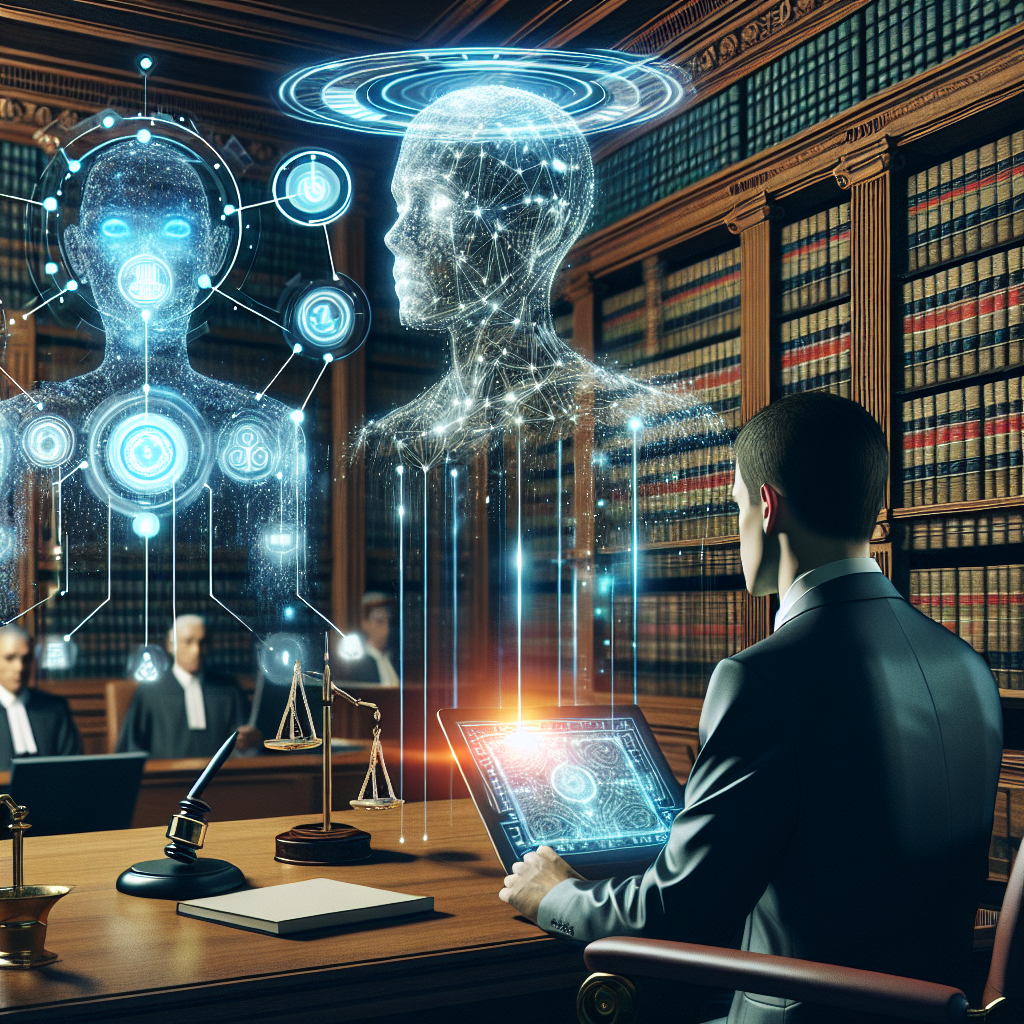As the legal industry seeks efficiency amidst increasing document loads, LLMs write legal briefs with a new level of proficiency and speed. This integration of technology is transforming traditional practices, making it crucial for legal professionals to understand and adapt to these advances.
The Role of LLMs in Legal Document Drafting
Large Language Models (LLMs), such as OpenAI’s GPT-3, are AI systems trained on vast datasets to understand and generate human-like text. In the legal sector, these models are being employed to draft legal briefs, memos, and even contracts. The primary advantage of using LLMs in this capacity is their ability to process and synthesize large volumes of information quickly, a task that would typically consume a significant amount of time for human attorneys.
For instance, an LLM can review past case law, statutes, and relevant legal precedents to draft a comprehensive brief that aligns with current legal standards. This not only speeds up the document creation process but also helps in maintaining a high standard of accuracy and compliance with legal norms.
Benefits of Using LLMs in Legal Work
The benefits of LLMs write legal briefs extend beyond simple time management. First, the consistency of work produced by an LLM is unparalleled. Unlike humans, LLMs do not suffer from fatigue or inconsistency in their output. This can significantly reduce the risk of errors in legal documents, which are critical in legal proceedings.
Furthermore, LLMs can be updated with the latest legal developments in real-time, ensuring that all documents produced are up-to-date with current laws and regulations. This is particularly beneficial in fields like intellectual property or environmental law, where regulations can frequently change.
Challenges and Ethical Considerations
Despite their advantages, the use of LLMs to write legal briefs is not without challenges. One major concern is the ethical implications of using AI in legal document preparation. The accountability for errors remains a significant question—should it fall on the machine, the software provider, or the legal professional using the tool?
Additionally, there is the risk of over-reliance on technology. Legal professionals may become dependent on AI tools, potentially undermining their own skills and judgment. This poses a risk not just to the quality of legal work but to the development of lawyers’ professional abilities.
Integrating LLMs into Legal Practices
For law firms and legal departments looking to integrate LLMs into their workflow, a phased approach is recommended. Starting with low-stakes documents and gradually increasing the complexity and importance of tasks assigned to LLMs can help legal professionals gain confidence in the technology.
Training is also crucial. Legal teams must understand not only how to use the technology but also how to effectively review and refine the outputs provided by LLMs. This ensures that the final documents are not only legally accurate but also align with the client’s specific needs and circumstances.
Looking Ahead: The Future of LLMs in Law
The future of LLMs write legal briefs looks promising, with continuous improvements in AI technology paving the way for more sophisticated applications in legal work. As AI becomes more integrated into legal practices, it could lead to a redefinition of the roles and skills required of future lawyers.
Ultimately, the successful integration of LLMs will depend on finding the right balance between leveraging AI for efficiency and maintaining the essential human touch that is critical to legal practice.
As technology continues to evolve, the legal profession must adapt to maintain both efficiency and integrity in their work. Embracing LLMs in drafting legal briefs could well be a significant step forward in this evolving landscape.


